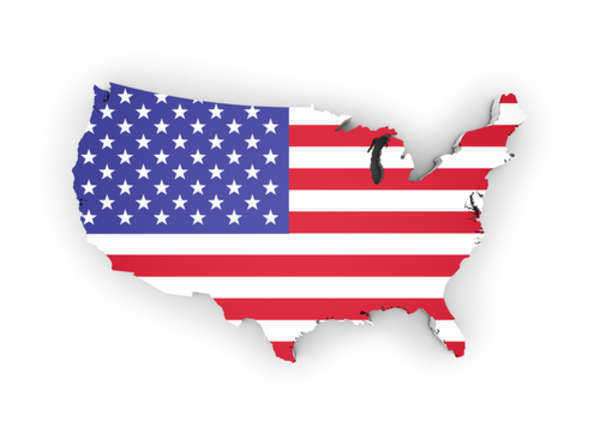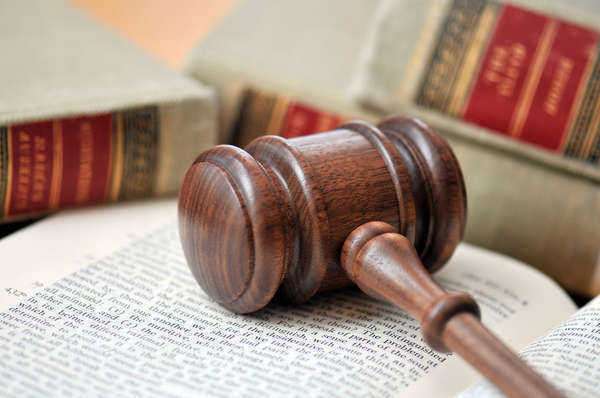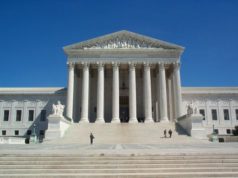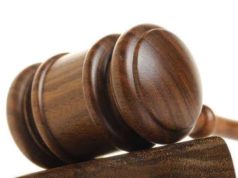Table of Contents

Introduction
The Supreme Court is the highest court of the land in the United States, and as such, it has significant powers to uphold the Constitution and interpret federal law. Among these powers is the ability to grant pardons to individuals convicted of federal crimes. This authority, however, has been the subject of much debate, and there have been many cases in which the Supreme Court has had to weigh the merits of pardoning certain individuals. In this article, we will explore the history of Supreme Court pardons, the reasons for their existence, and the cases that have shaped their use and interpretation.
History of Supreme Court Pardons
The power of the Supreme Court to grant pardons is grounded in Article II, Section 2 of the Constitution, which grants the President the power to “grant reprieves and pardons for offenses against the United States, except in cases of impeachment.” The Supreme Court has not always exercised this power, and it was not until the late 19th century that the Court began to hear cases related to pardons.
One of the earliest cases involving the Supreme Court and the power of pardons was Ex Parte Garland (1866). In this case, a former Confederate supporter who had been a judge before the Civil War sought reinstatement to the Bar of the Supreme Court. He had been prevented from doing so under a state law which held that anyone who had supported the Confederacy could not hold a license to practice law. The Supreme Court, in a 5-4 decision, ruled that the state law was unconstitutional and that the former judge could practice law again. The Court held that the pardon issued by President Andrew Johnson had restored his legal rights, including the right to practice law.
Ex Parte Garland was a significant case for a number of reasons. It was the first time the Supreme Court had ruled on the issue of pardons, and it established the principle that a pardon could restore an individual’s lost legal rights. It also confirmed the power of the President to grant pardons, and it set a precedent for the Supreme Court to uphold those pardons in cases where they were challenged.
The Reasons for Supreme Court Pardons
There are many reasons why the Supreme Court might choose to grant a pardon. One of the most common reasons is to correct a miscarriage of justice. This can happen when an individual is wrongly convicted or sentenced to a punishment that is disproportionate to the crime committed. Another reason a pardon might be granted is to acknowledge the contributions of an individual to society. This can happen when a person has served their sentence and has demonstrated a commitment to improving their life and the lives of others.
The Supreme Court may also grant a pardon if it believes that the conviction or punishment was a result of discrimination or bias. This can happen in cases where the defendant was wrongly accused because of their race, ethnicity, gender, or other factors.
Finally, the Supreme Court may choose to grant a pardon to protect the interests of the nation or to promote the greater good. This can happen in cases where an individual’s continued imprisonment could pose a risk to national security or where a pardon could help to advance peace, justice, or human rights.
Cases Related to Supreme Court Pardons
Over the years, the Supreme Court has heard many cases related to pardons and their use. Some of the most significant of these cases are described below.
Schick v. Reed (1974)- In this case, the Supreme Court addressed the issue of whether a governor’s commutation of a death sentence could be challenged under the Equal Protection Clause of the Fourteenth Amendment. The Court ruled that it could not and that the power to pardon and commute sentences was solely within the authority of the executive branch.
United States v. Klein (1871)- This case was one of the earliest cases dealing with the relationship between the Supreme Court and presidential pardons. The Court held that Congress could not limit the effect of a presidential pardon, and that the President alone had the power to issue pardons and commutations.
Salazar v. Buono (2010)- This case did not deal directly with pardons, but it did raise issues related to religious symbols on public land. The case involved a cross erected in the Mojave National Preserve to honor soldiers who died in World War I. The Supreme Court ruled that a lower court’s order that the cross be removed was premature since the case was still being litigated.
Loving v. Virginia (1967)- In this landmark case, the Supreme Court struck down Virginia’s ban on interracial marriage as a violation of the Equal Protection and Due Process Clauses of the Fourteenth Amendment. The decision paved the way for the reversal of many other state laws banning interracial marriage and was a significant step forward in the fight for civil rights.
Conclusion
Supreme Court pardons have been a subject of debate and controversy for many years. While the power of the President to grant pardons is clear, the extent of the Court’s power to interpret and uphold those pardons is sometimes less clear. As the cases outlined above make clear, the Supreme Court has played an important role in shaping the use and interpretation of pardons. Whether the Court will continue to be an important player in this process remains to be seen, but it is clear that the question of how and when pardons are granted will continue to be an important issue for the Court and for the nation as a whole.
A pardon is that which is given unto an individual in order to forgive them of any crimes or offenses they may have committed and had been convicted of. In general, it will normally be set forth by the head of State Government or of Federal governments. Other terms associated pardons include “commutation, reprieves, and clemency”.
Commutation entails the decreasing of one’s sentence of penalty while not actually removing it. Attaining a reprieve will, however, provide a delay in the incurring of punishment. Clemency is an encompassing term that comprises all of these terms in combination. The basis by which pardons are usually set forth includes that persons have adequately paid their debt to society for the crimes they had been convicted for. In addition, those who assume that they are wrongfully accused may also seek out a pardon.
Under United States Federal law, a Presidential pardon may be instituted as granted and set forth in Article II, section 2 of the United States Constitution. It states that the President possesses the authority to “grant reprieves and pardons for offenses against the United States”. However, exceptions occur when concerning cases involving impeachment of any kind.
Every Federal pardon conveyed to the President will either be granted or denied as there is no gray area in this area of Federal procedure. Review may also be done by the “Office of the Pardon Attorney,” as a sector of the Department of Justice.
Despite the existence of pardons, there also exist issues that are at odds with such a procedure. Some cite the availability of a pardon or a Presidential pardon as something directly connected to benefits politically, more than anything else, such as that which should actually provide adequate remedy for errors in the justice system. An infamous pardon was when President Gerald Ford had granted a pardon for the ex-President Richard M. Nixon. President Ford had pardoned Nixon for his part in the Watergate scandal. This represented a Presidential pardon that did not garner much praise from the public, however.
In respect to the procedure set forth by the Justice Department, recommendations are set forth for individuals seeking a pardon. It is suggested that they wait a period of at least 5 years following either their conviction or release from imprisonment. A Presidential pardon may then be set forth at any time that a request is received.
A pardon request will only be considered if it is in adherence with stipulations such as the completion of sentences and evidence showing that the individual had shown their renewed lives away from crime. A pardon does, however, assume a great possibility for rejection and one will need firm acceptance in order for courts to adhere to its granting.


























